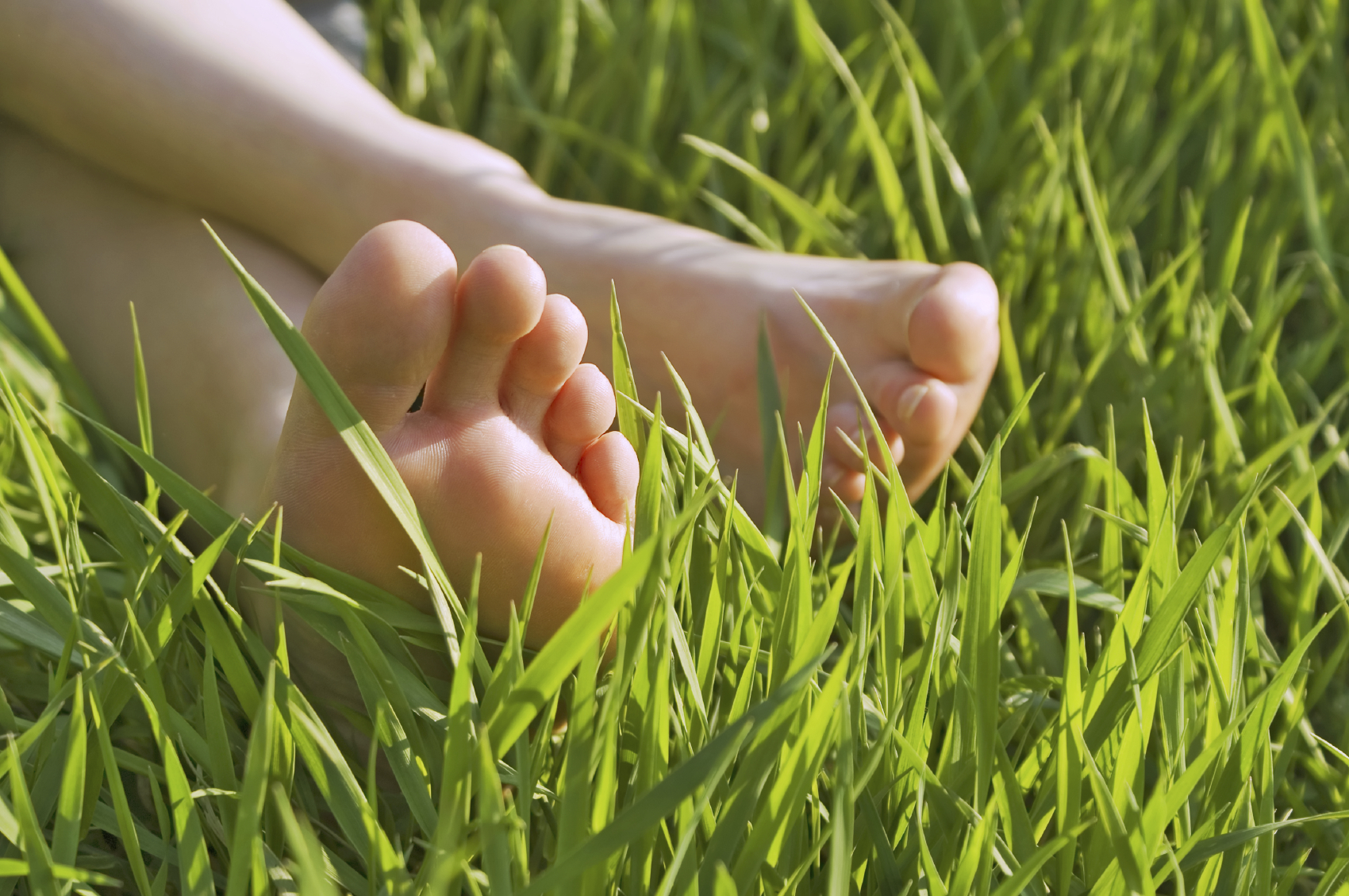 On the hiking trail, foot health is central to an enjoyable trip. The constant pressure from impacting terrain for miles on end makes your feet vulnerable to blisters and sore feet, slowing you down and causing discomfort. Blisters form where skin has been damaged by friction between the skin and the inside of the boot. Moisture and sand that gets into your boots can make the feet more prone to blisters.
On the hiking trail, foot health is central to an enjoyable trip. The constant pressure from impacting terrain for miles on end makes your feet vulnerable to blisters and sore feet, slowing you down and causing discomfort. Blisters form where skin has been damaged by friction between the skin and the inside of the boot. Moisture and sand that gets into your boots can make the feet more prone to blisters.
When it comes to treating foot blisters, start by preventing them. There are a number of ways you can protect your feet before, during, and after a hike – starting with the following foot care tips.
Preparing your feet for the hike
- Wear well-fitted boots. Get fitted at a store to find out whether or not a pair of hiking shoes fits properly. The person that fits you will look to see if the heel of the boot aligns with the heel of your foot.
- Break in new hiking shoes. Make sure to break in boots by wearing them for a few days before a hike. This softens the leather of the boots, decreasing the risk of blisters forming.
- Consider getting insoles. The soles that come with your boots are not always an ideal fit for your feet. Experiment with insoles that support the arches of the feet for optimal comfort.
- Wear socks that won’t cause irritation. Test out different types of socks to determine the ones that make the right match. Some people like thin socks, while others prefer thicker socks.
- Clip your toenails. Toenails repeatedly press up against the toe of a shoe during an activity such as hiking. Having nails that are too long or too short can cause discomfort—or even bleeding and toenail injuries. Clip toenails straight across to avoid exposing the skin portions of the nail.
- Pack a foot care kit. Pack a supply of nail clippers, alcohol wipes, foot creams or treatments, sports tape, bandages, and anything you may need to treat a blister if they do develop while on the trail.
Caring for your feet during or after a hike
- Take breaks. Ease foot pain by allowing for your feet to rest. Breaks are also a good time to dry your socks and check for any blisters that may be forming.
- Apply tapes, foot powders, or creams. Some hikers find that applying tape and certain products (either before or during a hike) helps to control moisture and reduce friction.
- If you feel a blister coming on, stop to treat it. If a blister has already broken, clean the wound with an alcohol wipe and cover it with a bandage. If a blister is not yet broken, you will want to disinfect it, drain it using a sterilized safety pin, and finally bandage the area.
- Stretch. Stretching your feet, Achilles heel, and calves helps reduce soreness.
Should I see a foot specialist? A podiatrist can examine your feet to help identify potential problems and recommend the ideal boots and insoles for your feet. Don’t hesitate to contact us with any questions you may have.



